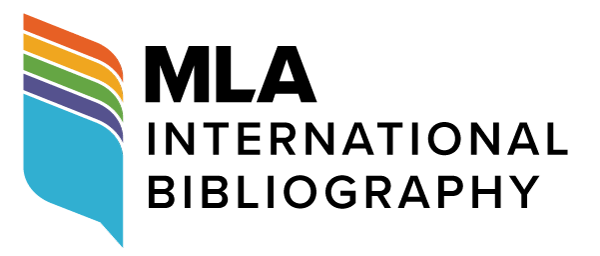“Anyway, What’s a Doe More or Less?” Androcentrism in Watership Down (1972) and Tales from Watership Down (1996) by Richard Adams
DOI:
https://doi.org/10.18485/bells.2021.13.8Keywords:
ecofeminism, ecocriticism, androcentrism, sexism, Watership DownAbstract
When Adams’s Watership Down reached the US market, it came under strong criticism for “its anti-feminist bias” (Resh Thomas 1974: 311). Several years later, Le Guin reiterated the censure of its “egregious sexism” (2009: 82), taxing the novel with falsifying animal behaviour. However, through the comparison of Lockley’s The Private Life of the Rabbit (1964) and Adams’ text, it is possible to prove that the latter’s representation of rabbits’ society is actually strongly indebted to his source text for its blatant androcentrism. The sequel, Tales from Watership Down, published in 1996, ostensibly tries to give the does more “floodlight” (Adams in Monaghan 2011: 14) and make amends for some of the accusations received. However, as the paper highlights, while the novel undeniably conveys a strong ecological message, its point of view remains strenuously patriarchal.
Downloads
References
Downloads
Published
Issue
Section
License

This work is licensed under a Creative Commons Attribution-ShareAlike 4.0 International License.
Authors who publish with this journal agree to the following terms:
- Authors are confirming that they are the authors of the submitting article, which will be published (print and online) in Belgrade English Language and Literature Studies by the Faculty of Philology, University of Belgrade (Faculty of Philology, Studentski trg 3, 11000 Belgrade, Serbia). Author’s name will be evident in the printed article in the journal. All decisions regarding layout and distribution of the work are in hands of the publisher.
- Authors guarantee that the work is their own original creation and does not infringe any statutory or common-law copyright or any proprietary right of any third party. In case of claims by third parties, authors commit their self to defend the interests of the publisher, and shall cover any potential costs.
- Authors retain copyright and grant the journal right of first publication with the work simultaneously licensed under a Creative Commons Attribution-ShareAlike 4.0 International License that allows others to share the work with an acknowledgement of the work's authorship and initial publication in this journal.
- Authors are able to enter into separate, additional contractual arrangements for the non-exclusive distribution of the journal's published version of the work (e.g., post it to an institutional repository or publish it in a book), with an acknowledgement of its initial publication in this journal.
- Authors are permitted and encouraged to post their work online (e.g., in institutional repositories or on their website) prior to and during the submission process, as it can lead to productive exchanges, as well as earlier and greater citation of published work.




